The Polestar 4 pulls into view, bristling with sensors and an excellent turn of speed
As an ‘SUV coupé’, the new Polestar 4 exists in a very particular niche, with a high tech approach to creating its distinctive flowing lines. We take it for a ride
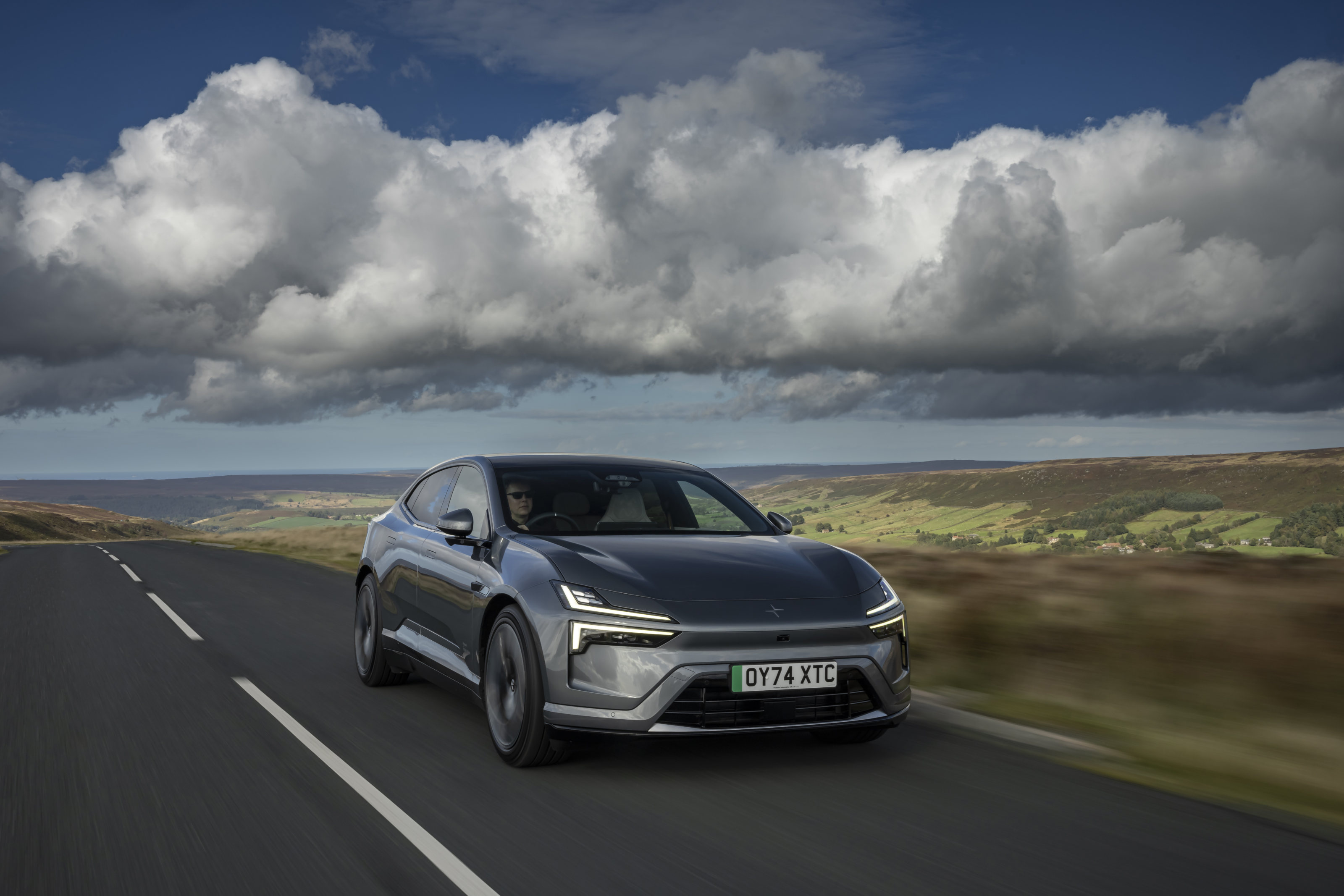
Launched simultaneously with the Polestar 3, this is the Polestar 4, a sportier, more dynamically focused car that the company claims is its fastest model yet. Built using Geely's Sustainable Experience Architecture (SEA), as opposed to the SPA2 platform under the Polestar 3, the 4 has one immediately obvious party trick: no rear window.

Rear view: Polestar 4
The reasons for this are two-fold. For a start, the company’s design team argue that doing away with the window gives the rear seats more headroom than you’d normally expect beneath in a swooping rear deck. To enable this, the second reason is technology – cameras and screens are now sufficiently sophisticated to enable a rear view mirror to be entirely digital, with a raft of other advantages – better visibility in bad weather and at night, and a wider field of view chief among them.
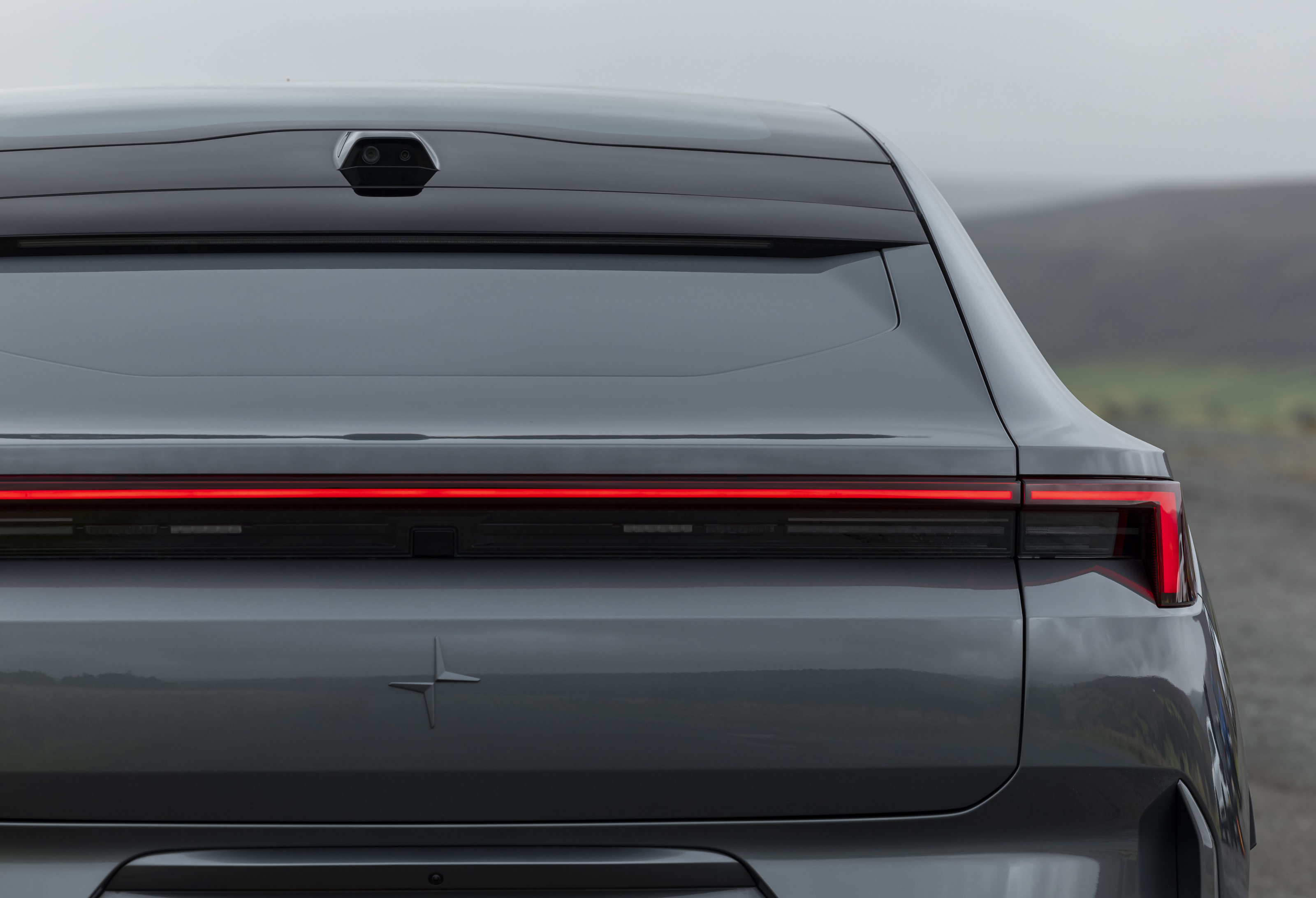
The Polestar 4's rear camera set up
In practice, this approach works well but it’s not without its drawbacks. One’s eye has to focus from the road ahead to a screen a few inches away (doubly harder if you require any kind of optical prescription). And although the rear bench is undeniably cavernous, there’s a level of claustrophobia you wouldn’t find in a conventional car.
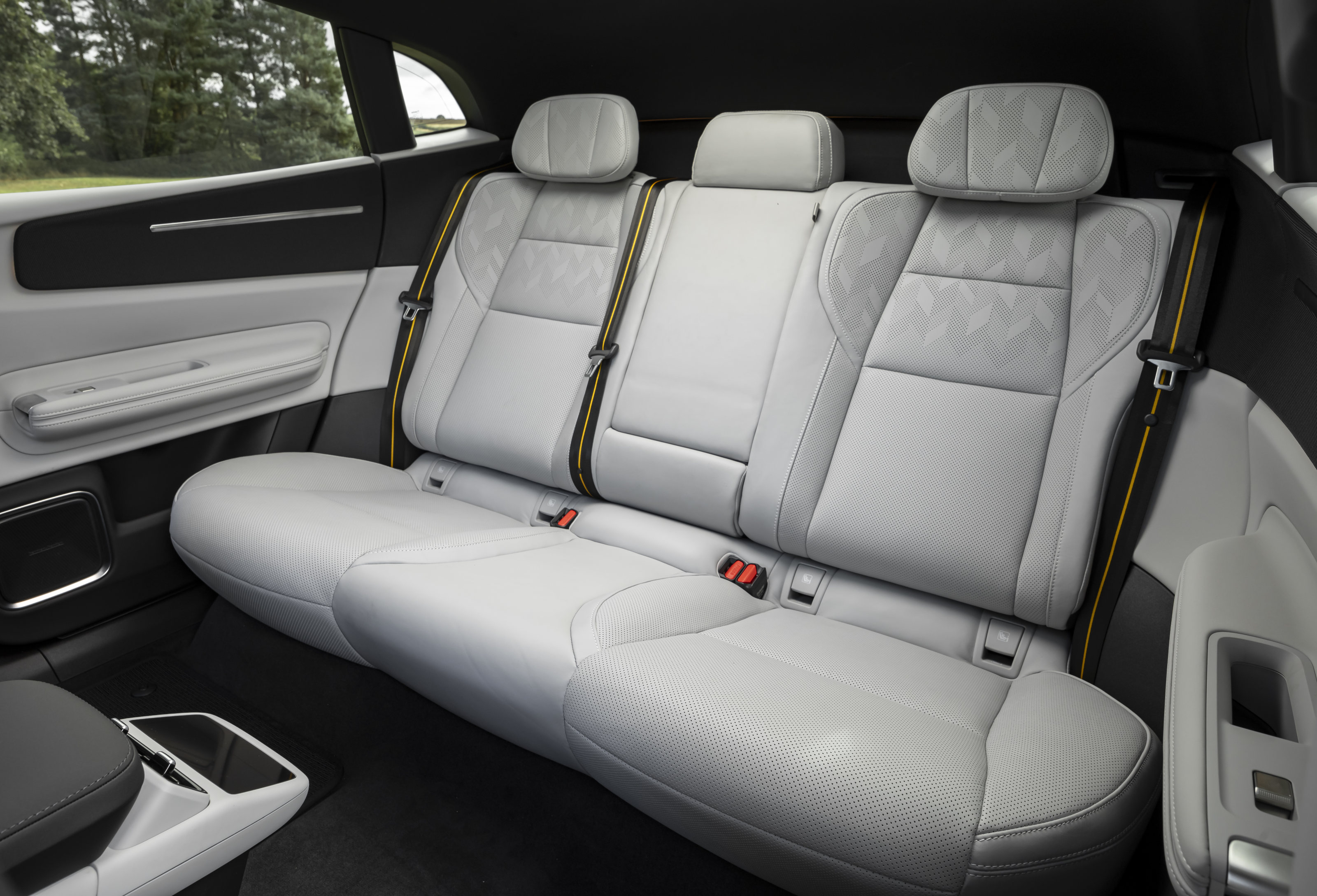
No rear window enables spacious headroom in the Polestar 4's rear seats
All this is to enable the Polestar 4 to be dubbed a 'new breed of SUV coupé. Yet it's not an SUV, or a coupé. So what exactly is it? For our money, Polestar have built an excellent electric sports saloon, high riding but still sleek, practical and capacious despite its performance credentials.
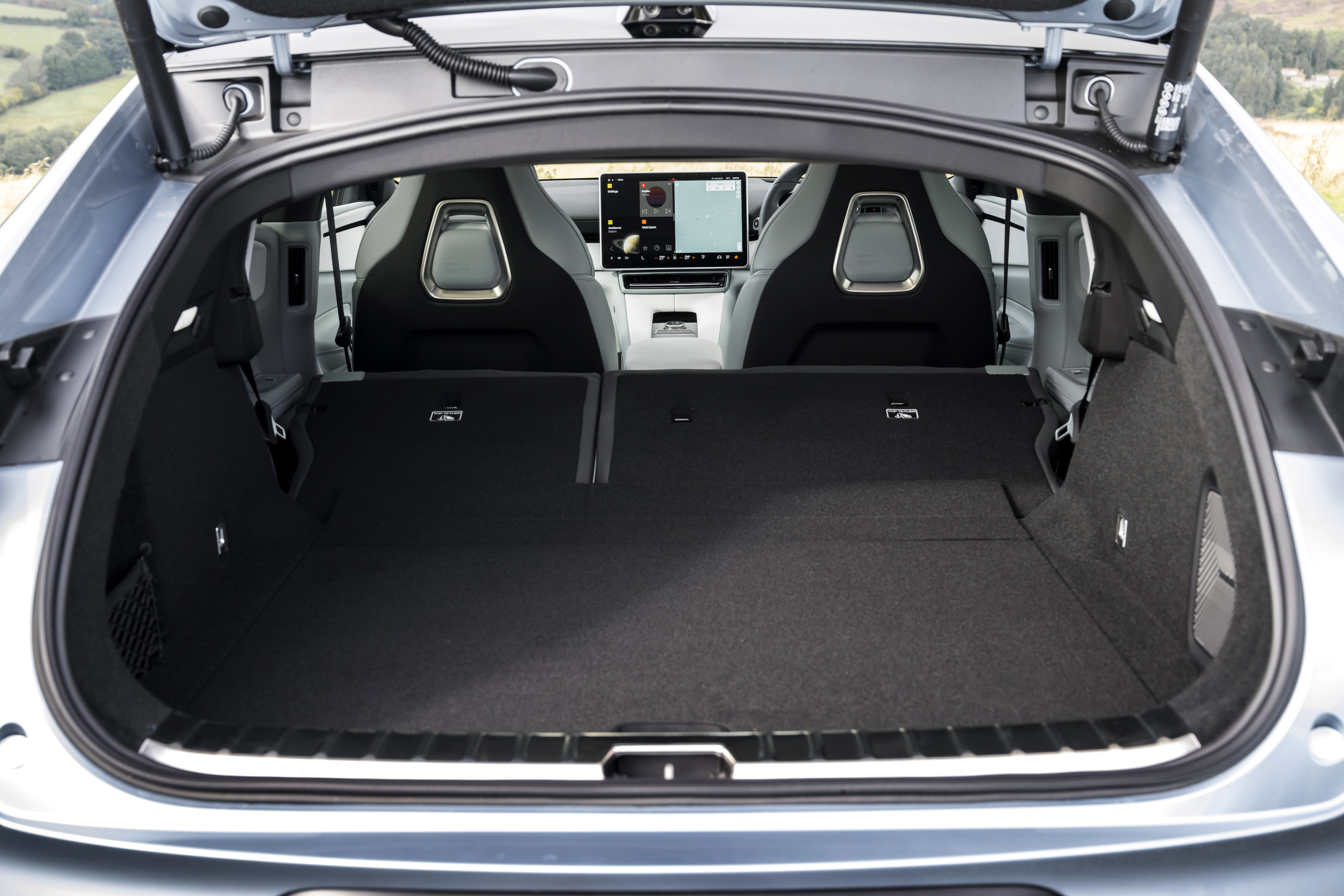
The Polestar 4 also has a capacious boot
Differentiating this car from the Polestar 3 is not a matter of a different, less practical body shape, but also in the way the interior is configured. For a start, there’s a landscape 15.4" screen, as opposed to a portrait display in the 3. The software is effectively the same (i.e. pretty good), but that subtle act of turning the display through 90 degrees gives the 4 a less upright feel than the more conventional Polestar 3.
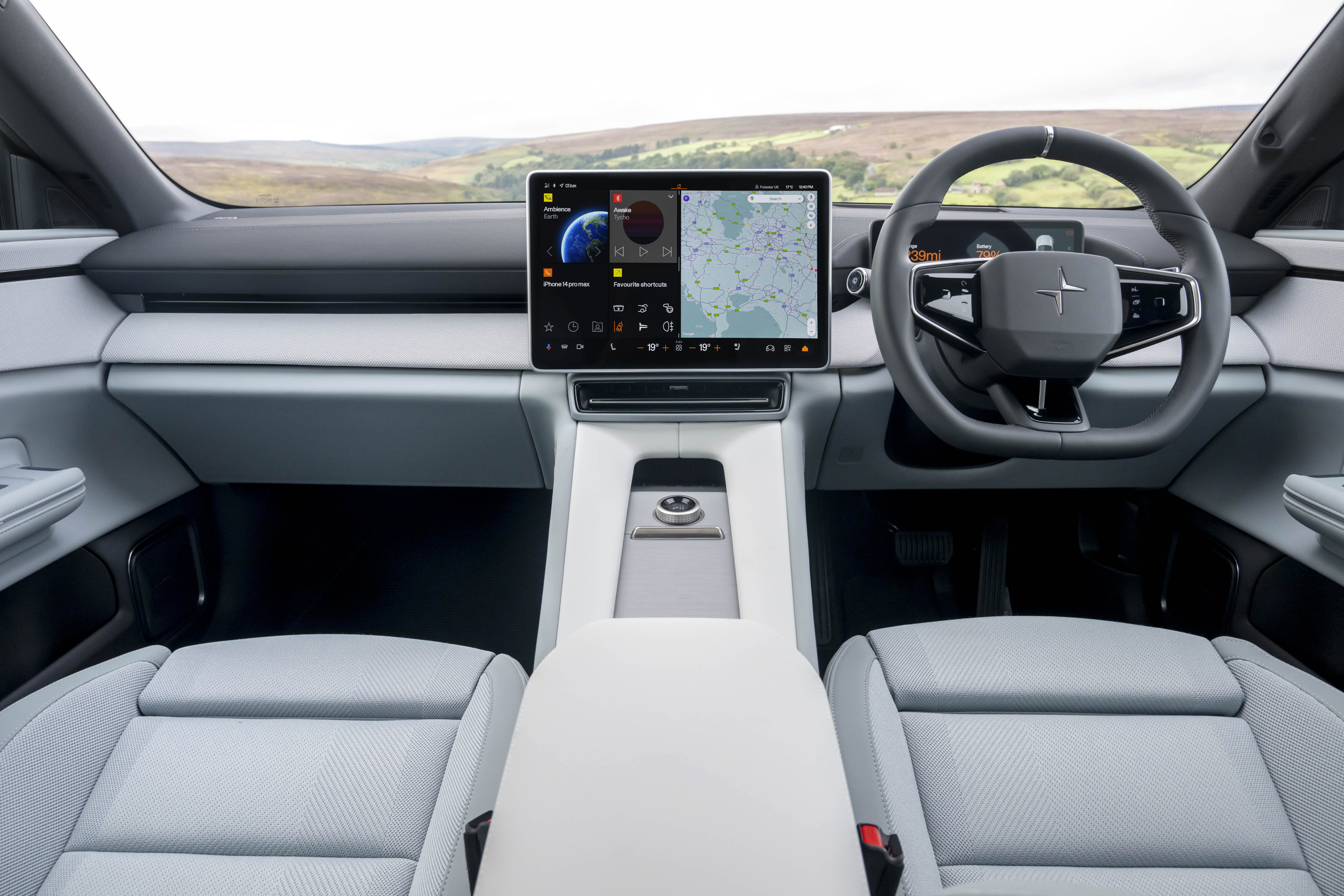
Up front, the Polestar 4 has a horizontal central screen
As is now familiar with many EV models across the spectrum, the twin peaks of the Polestar 4’s achievements are assigned to two entirely different models; the Long range Single motor version gets the headlining figure of a 382 mile range, while the Long range Dual motor version takes the acceleration crown, with a 3.7 second 0-60 sprint. As is usually the case, the better choice is the car with longer range. We especially liked the simplicity of the interior, with a new tailored knit upholstery made from 100% recycled polyester and developed in collaboration with the Swedish School of Textiles, the University of Borås.

The minimal interior of the Polestar 4
All in all, the Polestar 4 promises to be sustainable, safe and fast (even the Single Motor will do a 0-60 in 6.7 seconds and has a more than acceptable turn of speed for accelerating. Yes, the driver monitoring systems can be a little pernicious but can also be switched off. On the road there’s a bit more urgency and verve that the Polestar 3, but a light sense of dislocation from the environment thanks to that rear-view camera.
Wallpaper* Newsletter
Receive our daily digest of inspiration, escapism and design stories from around the world direct to your inbox.
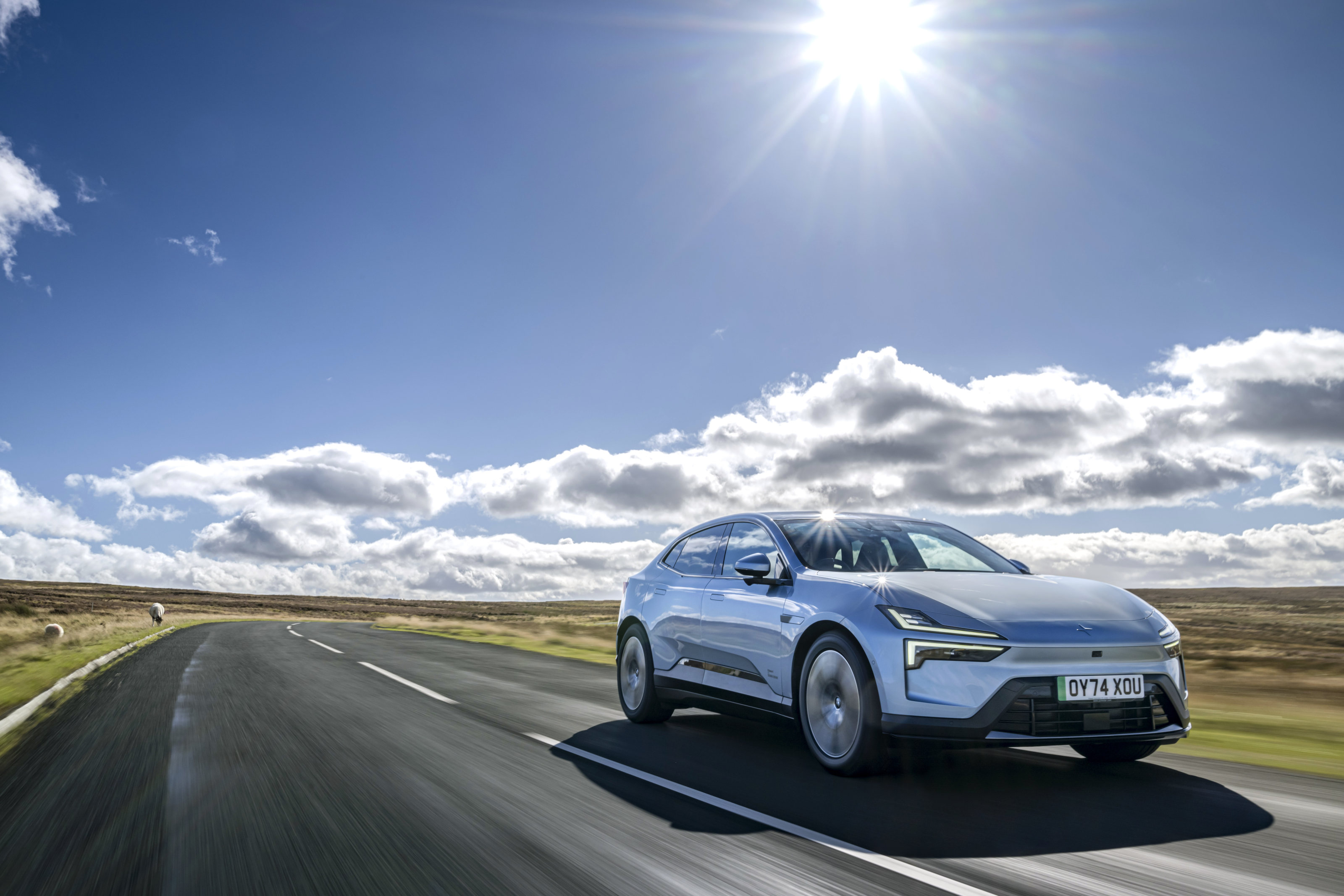
On the road in the Polestar 4
In practice, what you can’t see or sense is being monitored by no less than twelve cameras, including one radar and twelve ultrasonic sensors scattered around the car, outside and in (the driver monitoring camera). The sense of technologically-powered security is real, but there’s still less engagement than you’d expect from such a deliberately driver-focused machine.

Polestar 4 is the company's fastest car to date
Perversely, the Polestar 4 is being positioned in between the Polestar 2 and 3 (someone needs to check with the company’s numbering system going forwards). It makes an excellent replacement for the former, even though there’s no plans to discontinue Polestar 2 production just yet. Up against the Polestar 3, we’d say the more conventional SUV edges ahead, in terms of practically and packaging. In the near future, Polestars 5 and 6 will push the company even further upmarket.

Described as 'SUV coupe', the Polestar 4 has an elegant profile
With genuine electric sports car still very thin on the ground, it makes good sense to emphasise the performance characteristics of pure EVs like the Polestar 4. Only Porsche (naturally) is as explicit about the performance characteristics of its EVs as Polestar. Like for like, the Swedish-Chinese brand makes an excellent case for itself despite its lack of sporting heritage. The Polestar 4 cements the brand’s claim to contemporary performance.
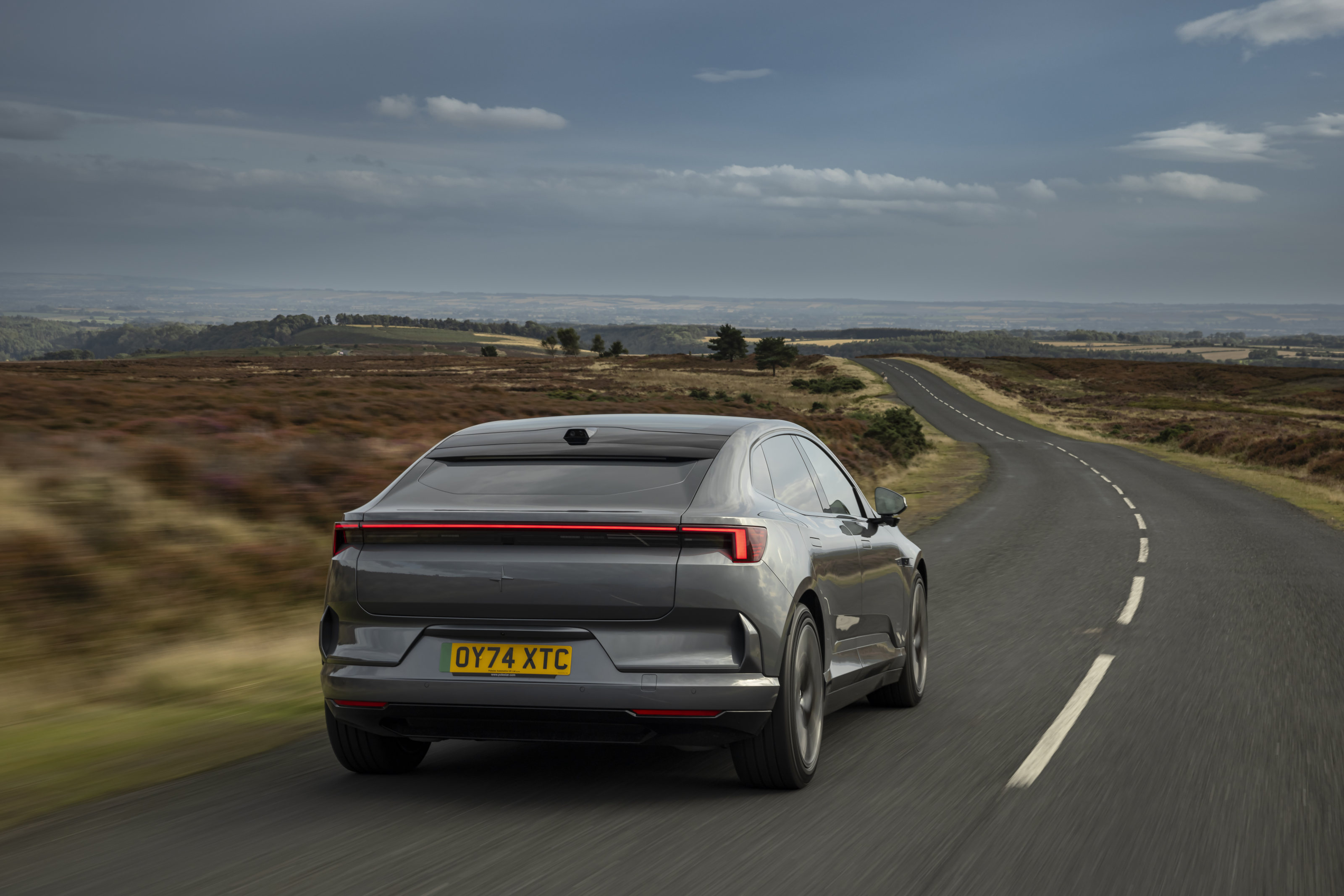
The new Polestar 4
Polestar 4, from £59,990, Polestar.com, @PolestarCars
Jonathan Bell has written for Wallpaper* magazine since 1999, covering everything from architecture and transport design to books, tech and graphic design. He is now the magazine’s Transport and Technology Editor. Jonathan has written and edited 15 books, including Concept Car Design, 21st Century House, and The New Modern House. He is also the host of Wallpaper’s first podcast.
-
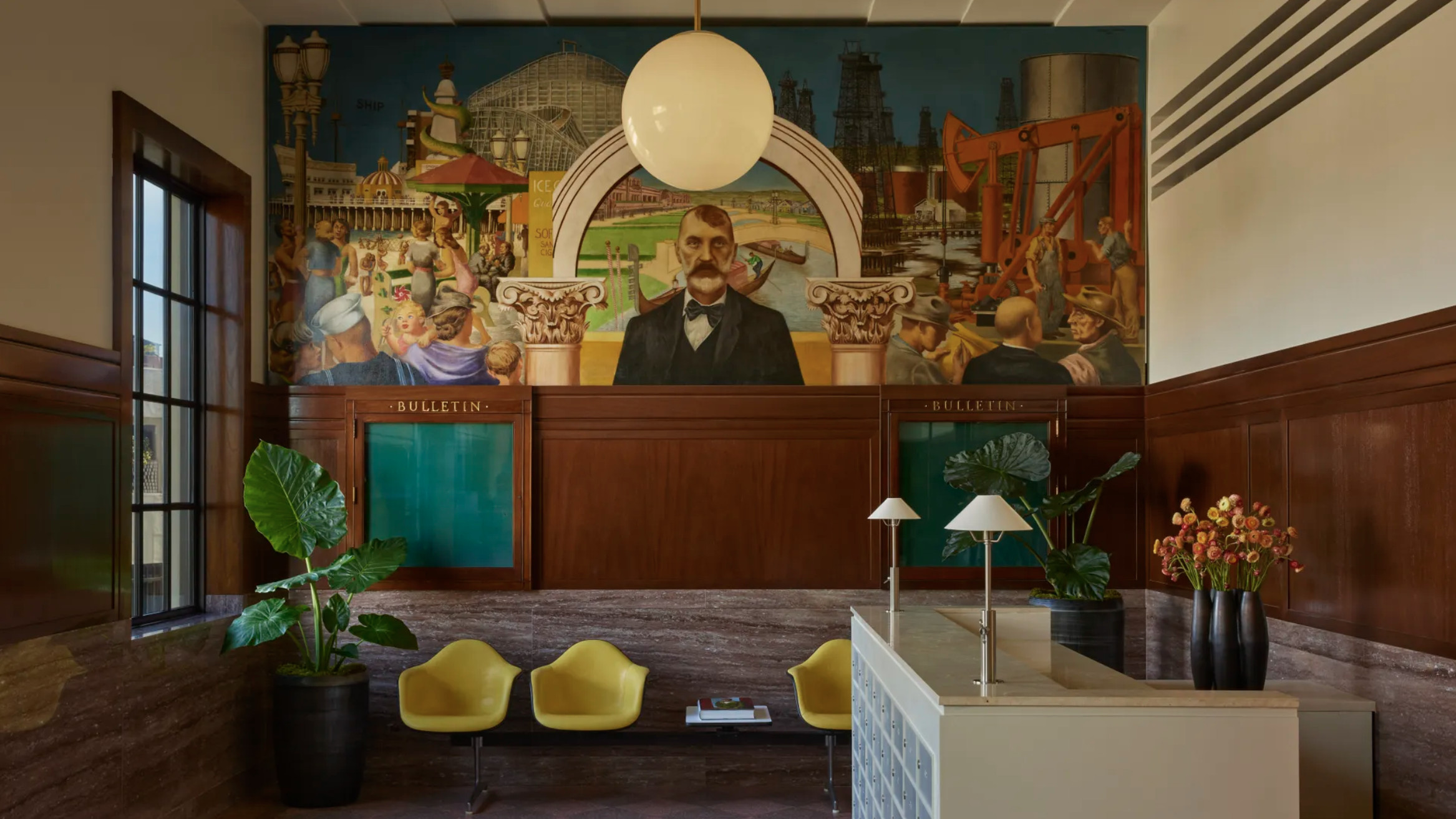 The Lighthouse draws on Bauhaus principles to create a new-era workspace campus
The Lighthouse draws on Bauhaus principles to create a new-era workspace campusThe Lighthouse, a Los Angeles office space by Warkentin Associates, brings together Bauhaus, brutalism and contemporary workspace design trends
By Ellie Stathaki
-
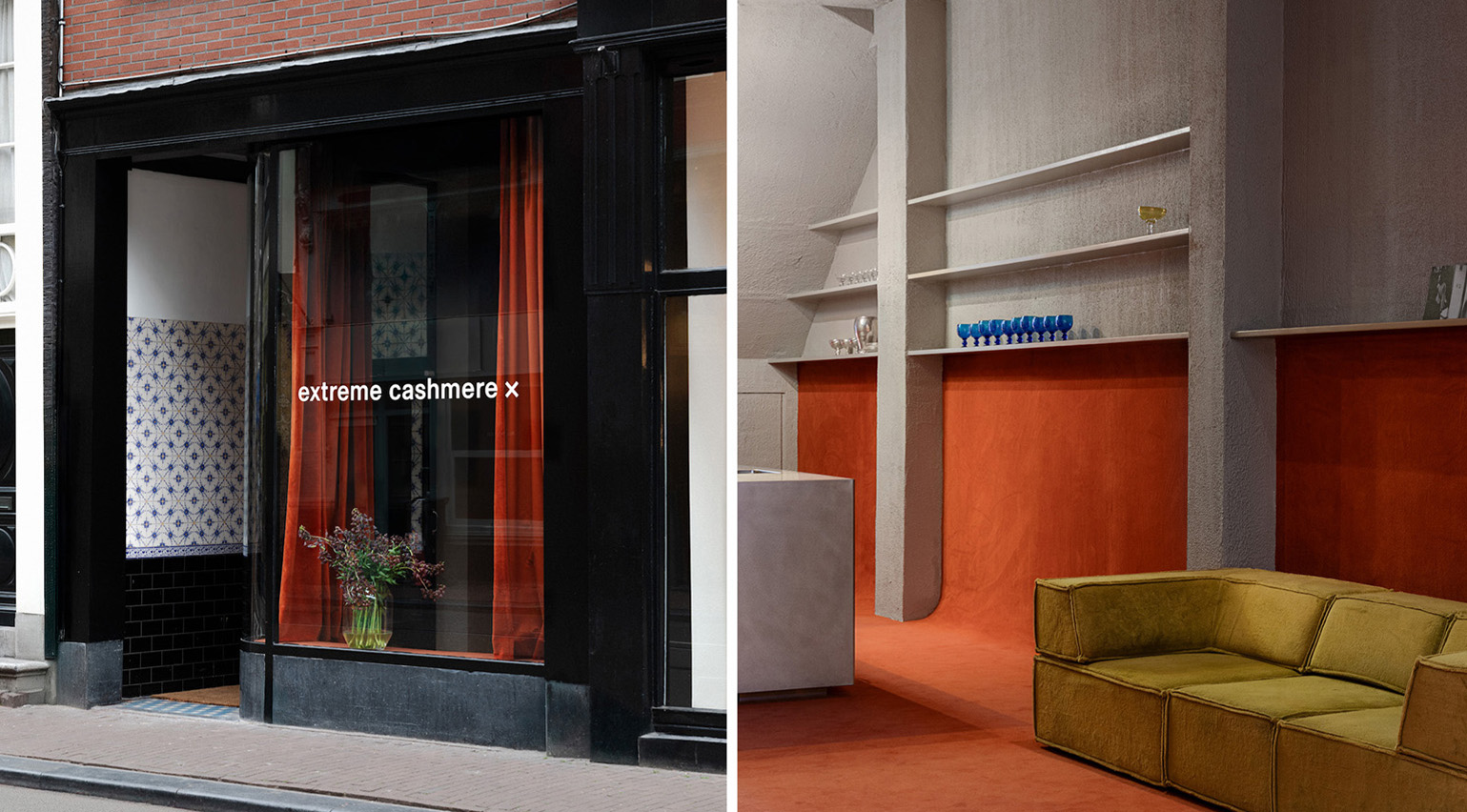 Extreme Cashmere reimagines retail with its new Amsterdam store: ‘You want to take your shoes off and stay’
Extreme Cashmere reimagines retail with its new Amsterdam store: ‘You want to take your shoes off and stay’Wallpaper* takes a tour of Extreme Cashmere’s new Amsterdam store, a space which reflects the label’s famed hospitality and unconventional approach to knitwear
By Jack Moss
-
 Titanium watches are strong, light and enduring: here are some of the best
Titanium watches are strong, light and enduring: here are some of the bestBrands including Bremont, Christopher Ward and Grand Seiko are exploring the possibilities of titanium watches
By Chris Hall